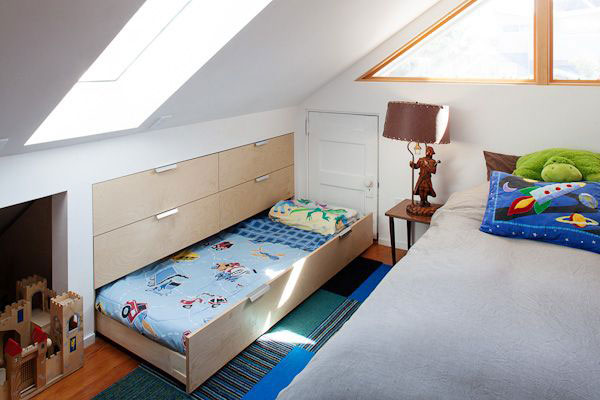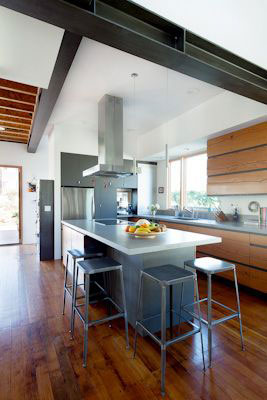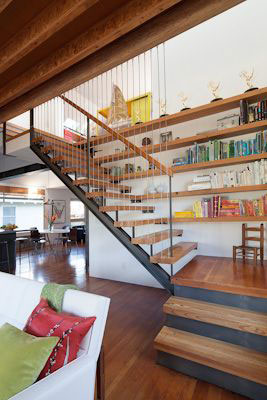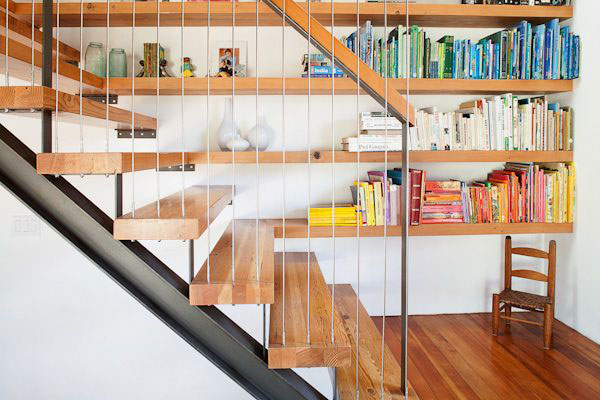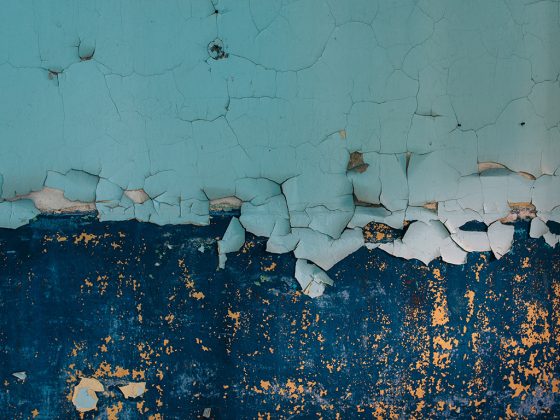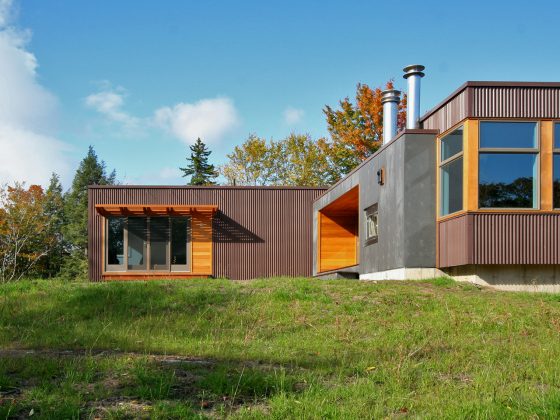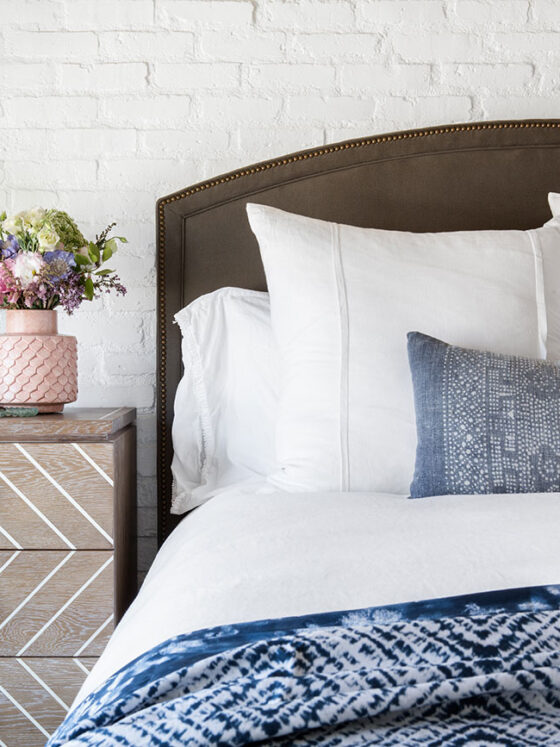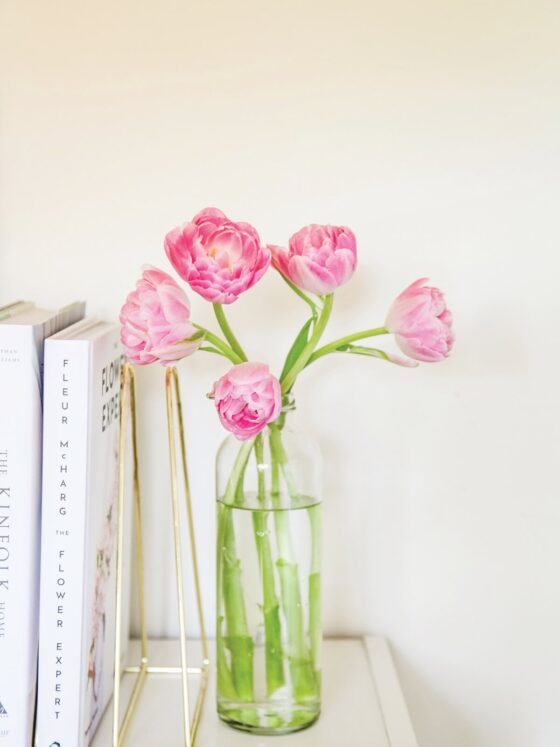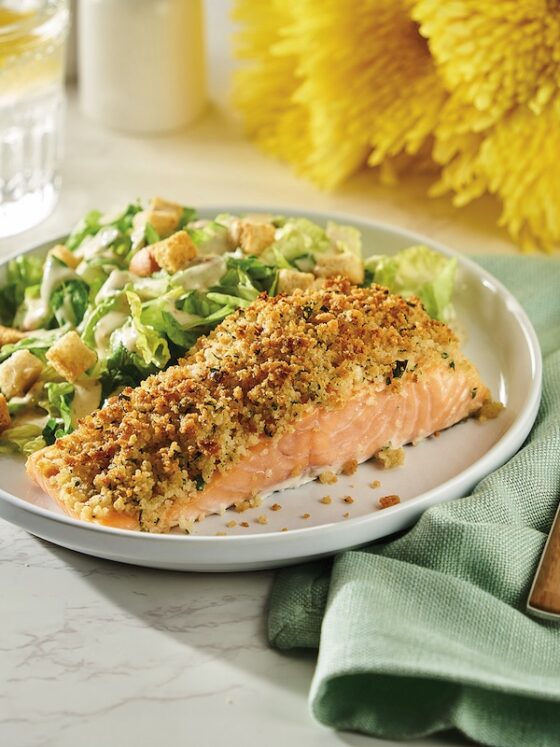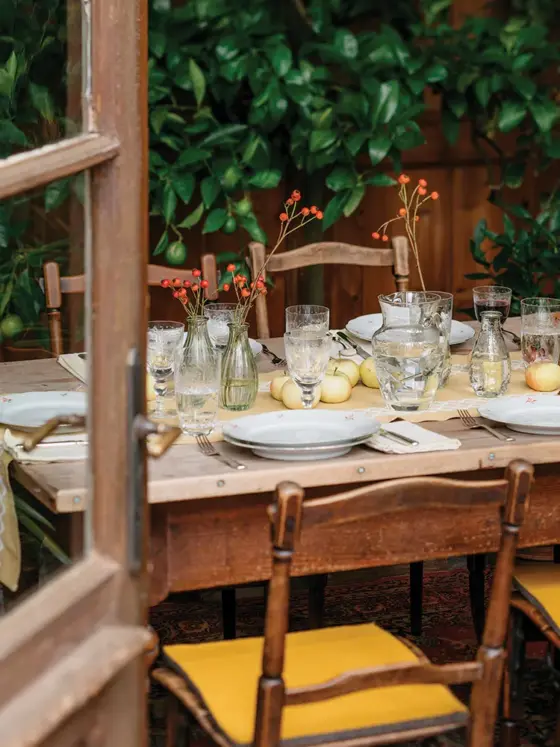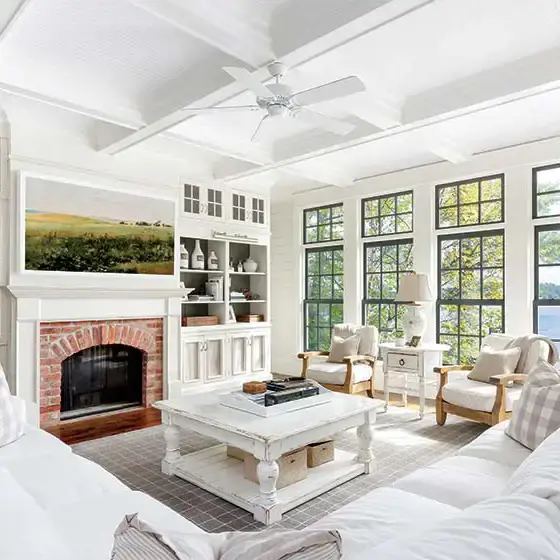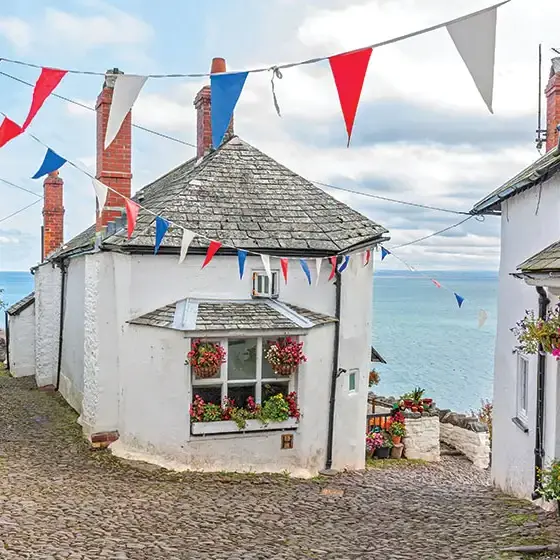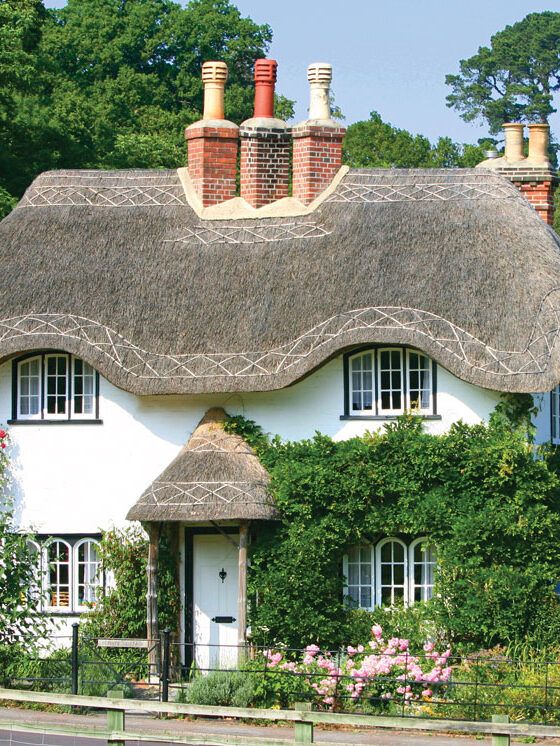Mixing Manolos with Birkenstocks may be considered an odd coupling, but the relationship is clearly working. The luxury green building movement is taking off despite a challenged economy. In fact, the principles learned during frugal times apply to the characteristics of a green home, which use sustainable materials, eco-conscious building practices and operate by saving energy and costs.
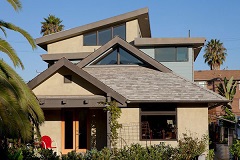
The Brooks residence in Venice, California is a LEED Platinum home that won the 2012 LEED Homes award for Outstanding Single Family Project.
According to Jacob Kriss of the U.S. Green Building Council, a LEED-certified home is built to be energy-efficient, which heats, cools and properly ventilates a home with minimal energy use. LEED homes are healthier as a result since they reduce mold and mildew. “While these homes may have slightly higher upfront costs (an average of only 2.4%), these are costs that are quickly recouped through energy and water savings that benefit the homeowner through the life of the home,” says Kriss.
The Greenest Home by Julie Torres Moskovitz (Princeton Architectural Press) reviews homes equipped with enough glass walls and exposed architectural elements to be contenders for the next reality-based MTV series. The Passive House, for example, is a design model that is a ski home darling because it fully insulates a space, heating it almost exclusively by the sun.
Brooklyn has become a hub for eco-friendly building, which was recently rated by The Council for Community and Economic Research as the second most expensive place to live in America right after Manhattan. Moskovitz identifies “Tighthouse” as one of the city’s gems. The home’s young couple—professionals who fit Brooklyn’s profile of a generation who understand the value of efficiency from gadgetry—were keen that their home’s renovation included energy-efficient audiovisual, lighting, security and mechanical systems.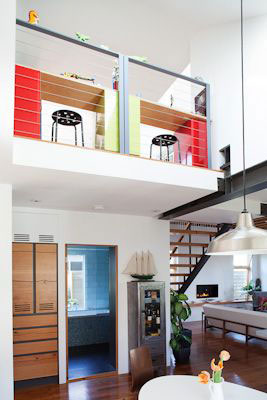
Sarah Susanka, architect and author of The Not So Big House series, says her clients and readers will spend on what enhances their own lives rather than focusing on what’s good for resale. She recommends designing for today’s more relaxed lifestyle by eliminating the formal rooms that rarely get used. That’s a truly green approach to design. “Building better rather than bigger, building sustainably and building to inspire—these are the qualities that make a house feel like home,” says Susanka. “It’s not about knocking the socks off the neighbors. It is more oriented to comfort and beauty than opulence.” 
Susanka learned that formal rooms are a throwback to a bygone era from clients who did not have to base design decisions for resale value. “They happily left those off the list of must-haves because they just didn’t use them. Neither do most of us these days,” she says. Green homes meet the standards of how we really live without denying our simple luxuries.
Resources/links: Visit notsobighouse.com
More info on the Brooks residence: http://www.usgbc.org/projects/brooks-residence
Award information: http://www.usgbc.org/articles/2012-leed-homes-award-recipients-announced

